IN CONVERSATION WITH: KEITH SHUAIB
(27.10.21)
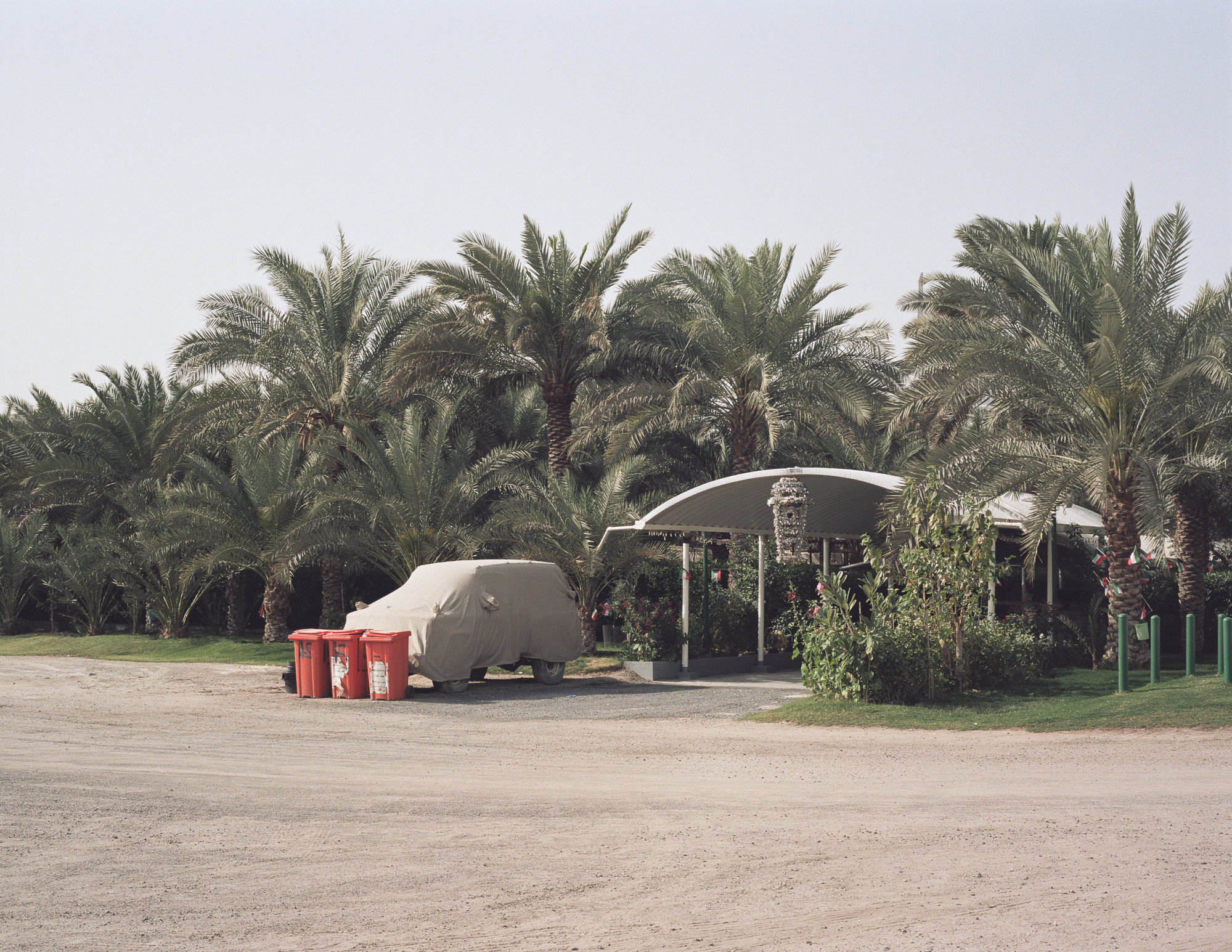
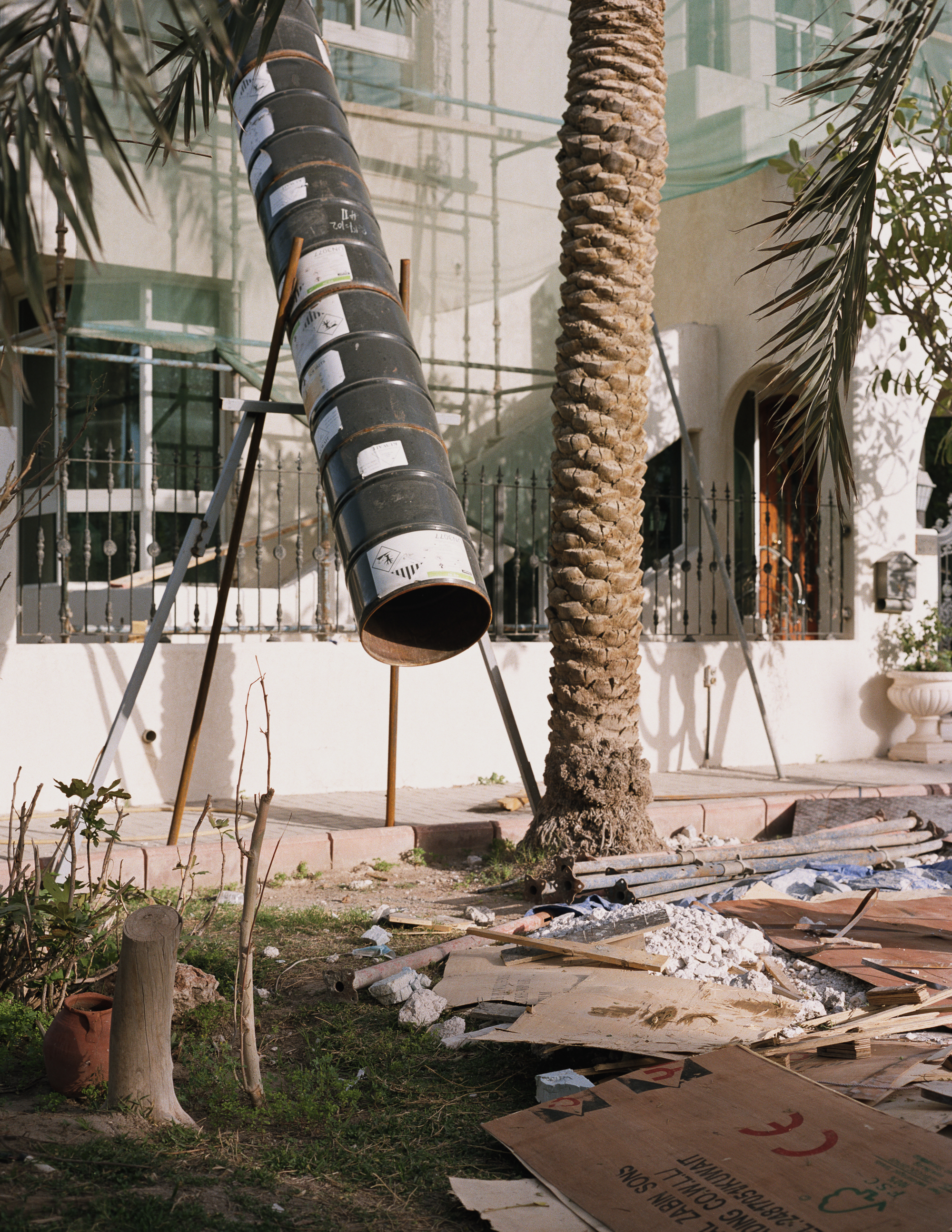
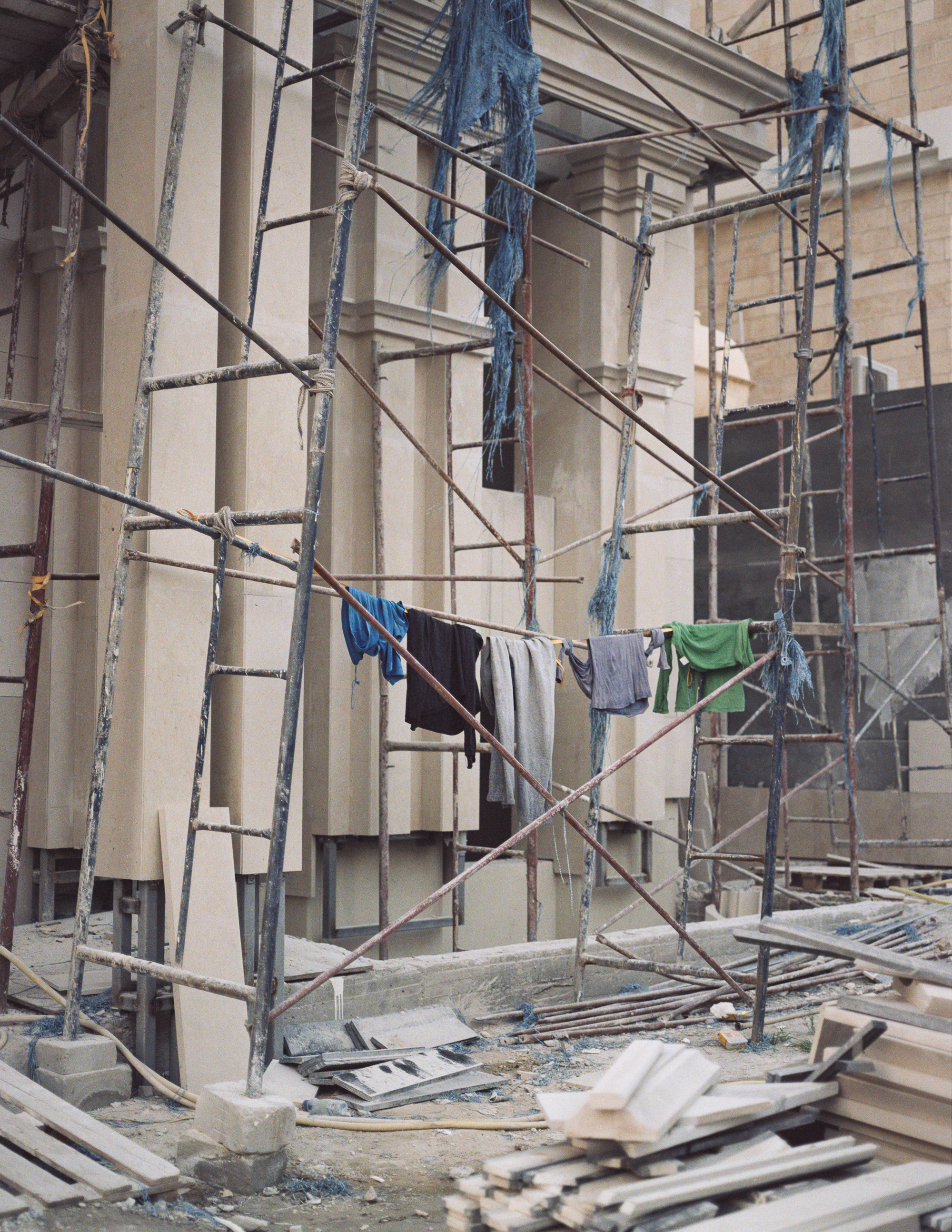
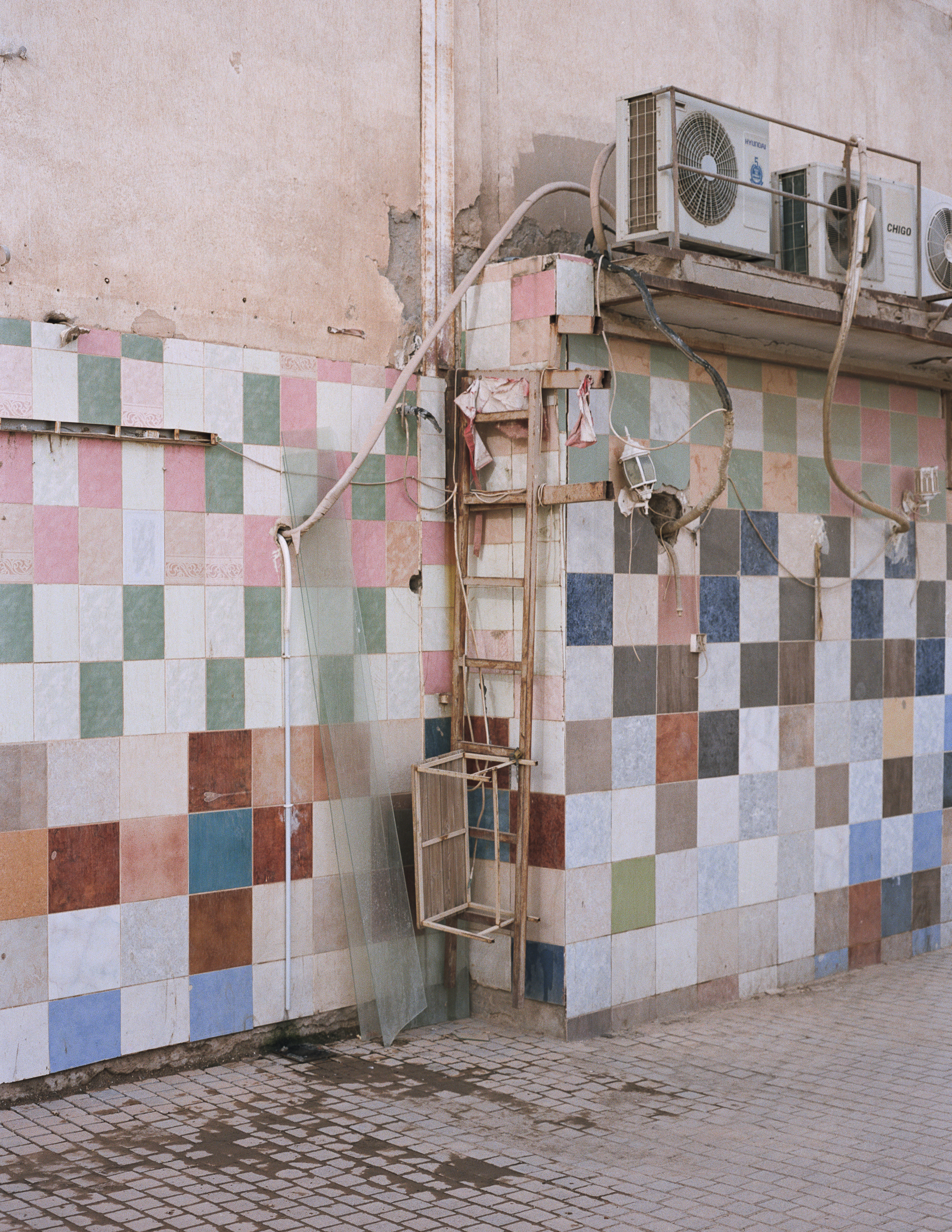


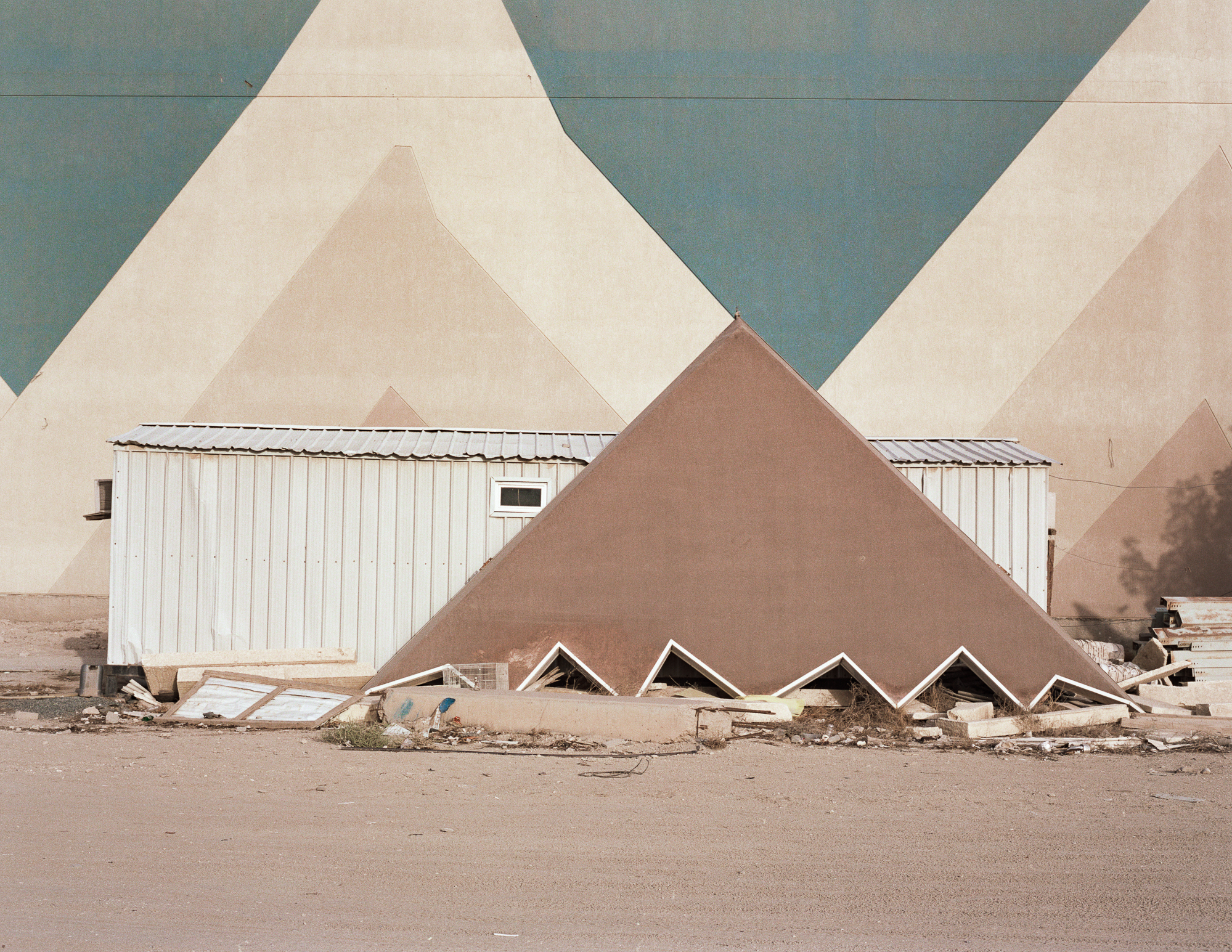

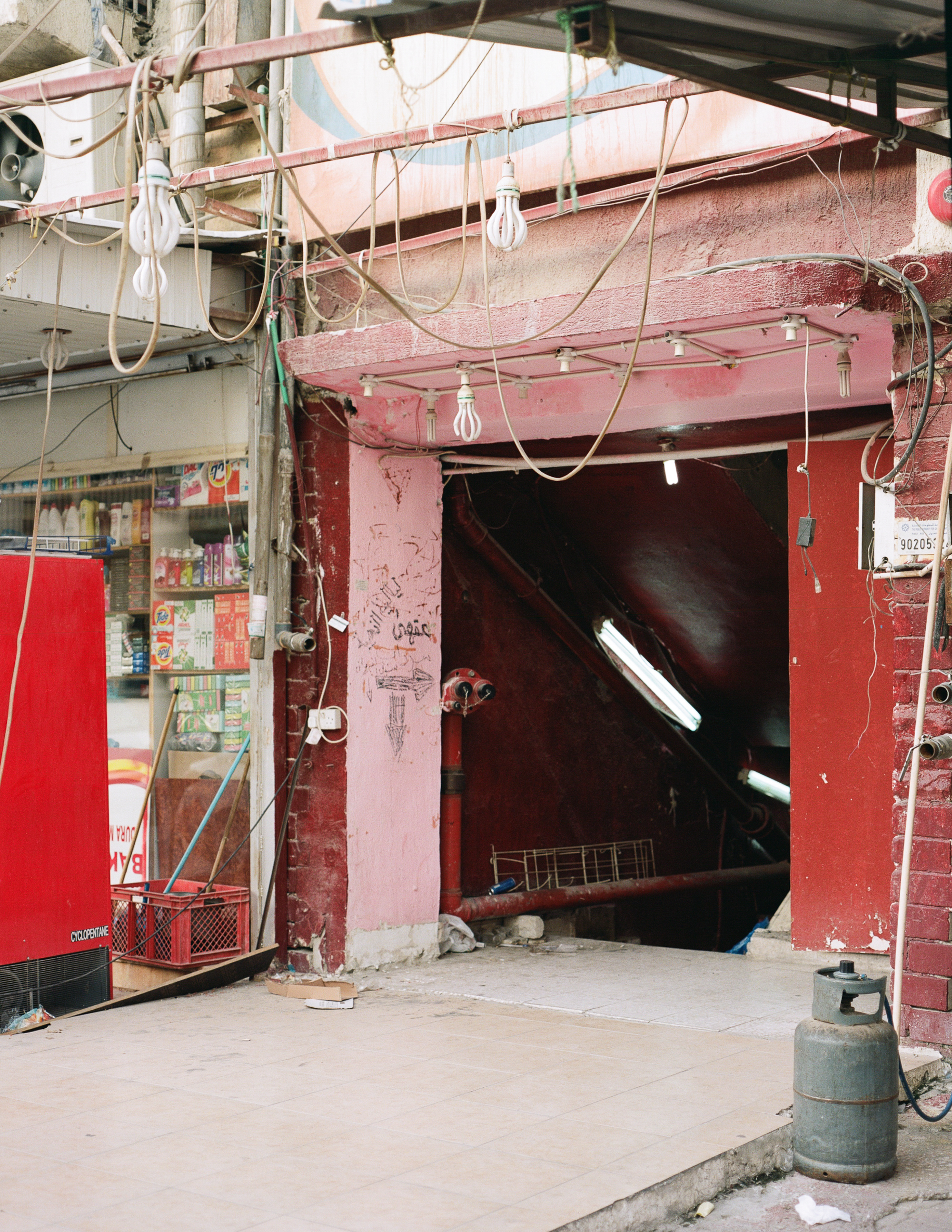

In Conversation with Adrian J. Song
Adrian Song: Thank you so much Keith, for your time. I’m wondering, what does the idea of home mean to you?
AS: It's always tempting to be romantic, so I really appreciate this perspective. Do you think it's problematic perhaps, to cling to such sentimental notions surrounding home and belonging?
AS: It's not directly related, but this discussion brings to mind something Agnes Varda said, “If we opened people up, we'd find landscapes.” Tell me, if you were to be opened up, metaphorically, would there be landscapes?
AS: Walking and experiencing a city in this way, what draws your camera to a certain scene and not another?
AS: It almost feels innate, your attraction to the theatricality of urban spaces.
AS: The background hum you refer to is definitely something that permeates throughout the series. I was intrigued by the dialogue between the old Kuwait and the new. How would you describe the conversation between these two facets of the city, what is the discussion they're having?
AS: It's fascinating to see a city so transparent in its liminality. The ladder is a prominent metaphor, it's also extremely fitting. But in your mind, what's at the top of this ladder?
AS: Speaking of The Matrix, you previously worked at a film heritage institution.
AS: Films you would consider some of your favourites?
AS: I've had similar experiences watching the films of Kiarostami, and I do feel some of his presence in your work. It's awful, I can never resist the urge to ask the impossible question. In a parallel universe, if 'Kuwaiti Joy' were in fact a film - tell me about this film.
AS: I can picture either scenario and love them both equally. Thank you again Keith. Please share with us, what you’re working on right now and what you have planned for the future.
︎
Keith Shuaib studied at the Neue Schule für Fotografie in Berlin, pursuing a mix of documentary and studio portrait work. He is based in London.
To see more work by Keith Shuaib, visit - Website / Instagram
︎
Keith Shuaib: Thank you Adrian, I’m really delighted to have this conversation with you and very grateful for your interest in my work.
So, the idea of home - in at the deep end! Maybe we should think of a Venn diagram, the circles being physical security, availability of basic needs, the possibility of supporting yourself, equality before the law, political representation, proximity to family, the potential for fellowship with the people around you, the sense that you sit within a society in which people feel some responsibility for one another, and, hopefully, the availability of cultural and intellectual enrichment. If you’re fortunate, you inhabit the space where all these things overlap. I know that’s quite a dry way of answering the question - but I would like to be quite anti-romantic about it. There’s been entirely too much romanticising of notions of home and belonging in the last few years. And I think there’s something to be said for the exercise of listing all the things that actually have to be in place to feel ‘at home’ as a way of shining a cold light on the empty symbols that are frequently proffered when the subject of home and belonging is discussed.
AS: It's always tempting to be romantic, so I really appreciate this perspective. Do you think it's problematic perhaps, to cling to such sentimental notions surrounding home and belonging?
KS: Well, writing from a UK perspective, absolutely, given what’s happened in the last few years. But without getting into the weeds on all of that, I think even in terms of a photography project, I would be wary of making anything that supports the idea that there’s some ineffable sense of ‘home’ that sits gently pulsating at the core of our beings.
AS: It's not directly related, but this discussion brings to mind something Agnes Varda said, “If we opened people up, we'd find landscapes.” Tell me, if you were to be opened up, metaphorically, would there be landscapes?
KS: I have noticed I have quite a lot of dreams about finding my way through cities. There’s something about the presence of what might be around the corner. There’s something very fundamental about that, about the urge to build a mental map, to know your terrain.
I’ve always walked a lot in London, but it was only when I started photographing ‘Kuwaiti Joy’ that I really walked around there at all. It’s not a way most Kuwaitis experience the city - it felt quite radical. And I think that does really inform the mood of the project. In Kuwait there’s a pronounced schism between the interiors - where, inevitably, people spend most of their time - and the outdoor spaces of the city. There’s a somewhat unregarded, overlooked quality to those spaces - and because of that, they can be quite revealing.
AS: Walking and experiencing a city in this way, what draws your camera to a certain scene and not another?
KS: For me it almost feels like listening more than looking at times, if that doesn’t sound too whimsical. I’m quite drawn to the metaphor of having an antenna that I’m trying to tune as I walk around, trying to pick up hidden frequencies. When I’m sizing up a scene, trying to figure out if there’s a photograph in it, I get excited when I see a space that is clearly designed to send one signal - about what it’s for, how you are meant to feel when you’re there - but which ends up competing with other signals that emerge uncontrollably from the way the space actually gets used, from its interaction with society, or plain chance.
AS: It almost feels innate, your attraction to the theatricality of urban spaces.
KS: Photographically, it became relevant when I began to make a project on Kuwait because I really thought the city transmitted its hopes and fears through its built environment with a particular intensity, and it felt very natural to approach things that way.
But certainly I’d always had an awareness that architecture is as much about shaping emotions and beliefs, as it is about shaping space. You might also say I had skin in the game, as my father was an architect and town planner, and was very much involved in the town planning of Kuwait. But even if that had not been the case, I think the experience of growing up in Kuwait might well have sparked that interest anyway. The churn of new development replacing old in Kuwait is very noticeable, and there’s a lot of exuberant, performative architecture. Equally, the neighbourhoods there are often so visibly the result of careful planning that they prompt all those questions about what a neighbourhood should be, how our lives together in a city should be conducted, and the kinds of social networks a particular urban plan encourages and discourages. Which is not to say that the project ‘Kuwaiti Joy’ is about buildings or urban planning per se, but those topics are present - like a background hum throughout.
AS: The background hum you refer to is definitely something that permeates throughout the series. I was intrigued by the dialogue between the old Kuwait and the new. How would you describe the conversation between these two facets of the city, what is the discussion they're having?
KS: There’s a science-fiction writer, Frederik Pohl, who came up with a beautiful title for his autobiography: The Way The Future Was. Almost nothing you will see in Kuwait predates the 60s. The old town of Kuwait was torn down and replaced in its entirety with a modern planned city. So the whole city is one big statement of optimism for the future. And because of the rate of building, and the ambition of a lot of it, you get this layering - you get buildings from every decade from the 60s onwards, each embodying the cutting-edge vision of modernity from their particular era. There’s this compression of possible futures. There’s a certain exuberance to it all, but there’s also something quite melancholic. Those futures date so quickly.
There’s one photograph in the series which does show a fragment of the old wall of Kuwait - pretty much all that’s left of the old town. In the foreground is a model of the old town which is on display in a recently-built park in the centre of the city; beyond, you can see part of the old wall, and further in the distance, a cluster of modern towers. It’s very nearly a forced perspective shot - forcibly juxtaposing the model of the old town in the foreground with the real cityscape beyond. The model is something of a memento mori for those gleaming skyscrapers in the far distance.
AS: It's fascinating to see a city so transparent in its liminality. The ladder is a prominent metaphor, it's also extremely fitting. But in your mind, what's at the top of this ladder?
KS: The ladders for me are a bit like a glitch in the Matrix. It’s like you’re in this 2-D flat world, and you keep getting these mysterious hints there is another dimension. In our 3-D world, ok, we know there is a roof behind the ladder and it’s just there so you can service the air conditioning. But in a photograph, from that angle, the ladder is just a ladder to the sky. When I’ve submitted the series I’ve quite often put a picture with a ladder at the end of it, almost as if it’s been left there for the viewer, as their way out of the flat world of the photograph. Otherwise it would be impolite - you’d be leaving them trapped in there.
AS: Speaking of The Matrix, you previously worked at a film heritage institution.
KS: I worked for many years at the BFI (British Film Institute), which is the national body responsible for film heritage in the UK. Being able to work in a place where the whole building vibrated with film culture was a privilege.
AS: Films you would consider some of your favourites?
KS: It’s the impossible question, but just to give some coordinates, some near-transcendent experiences watching films would include La Notte, 8½, Close-Up, and Talk To Her.
AS: I've had similar experiences watching the films of Kiarostami, and I do feel some of his presence in your work. It's awful, I can never resist the urge to ask the impossible question. In a parallel universe, if 'Kuwaiti Joy' were in fact a film - tell me about this film.
KS: Thank you! That’s very nice to hear. As for ‘Kuwaiti Joy’ as a film - oofff - that’s impossible times impossible! Maybe it would be a bit like Richard Linklater’s Slacker, and there would be this feeling of meandering around, dropping into these little half-stories here and there. Or, staying with Kiarostami, Ten.
AS: I can picture either scenario and love them both equally. Thank you again Keith. Please share with us, what you’re working on right now and what you have planned for the future.
KS: Thank you very much for this interview, I’ve found it really interesting. At the moment, I’m collecting material for my project in the south-west of England - everything otherwise is a bit up in the air, but I hope to head back out to Kuwait at some point to make more work there.
︎
Keith Shuaib studied at the Neue Schule für Fotografie in Berlin, pursuing a mix of documentary and studio portrait work. He is based in London.
To see more work by Keith Shuaib, visit - Website / Instagram
︎